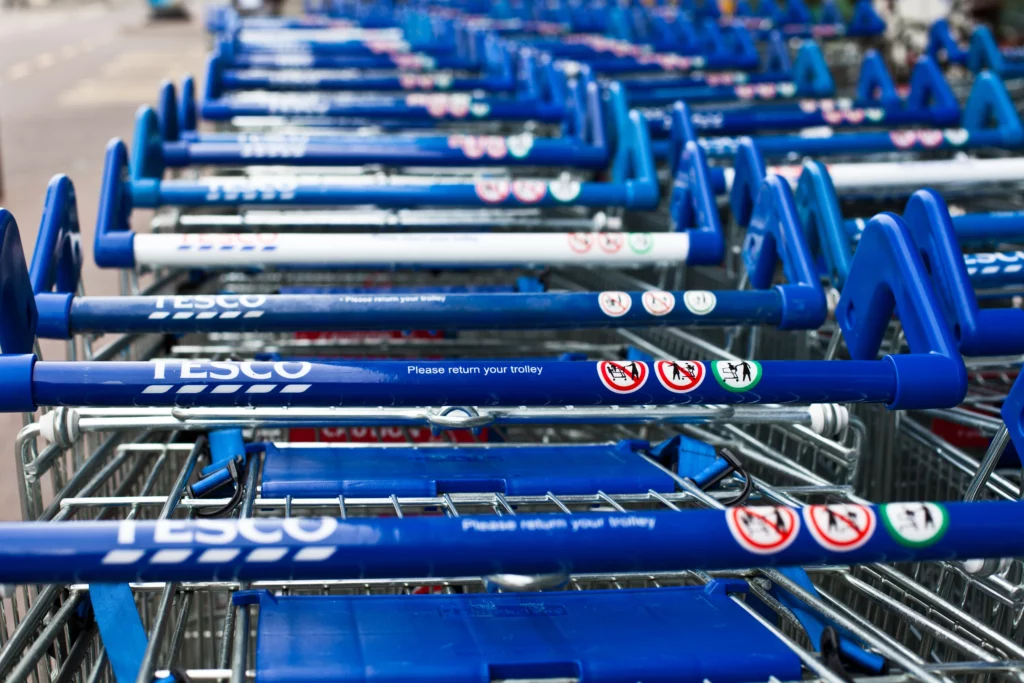Incident reporting continues to play a crucial role in ensuring the health, safety and wellbeing of employees in the UK. With reference to the HSE, there were 60,645 reported non-fatal injuries among employees in 2022-2023, with over 561,000 self-reported injuries. This is just 4,000 fewer than the previous year (2021-2022) – a trend which isn’t declining fast enough.
Were any of these preventable via positive safety observations or near miss learning events? Were corrective actions and investigations carried out, documented and shared among employees to mitigate reoccurrence?
As a health and safety professional, it is essential that you have a comprehensive understanding of incident reporting. Taking that one step further and learning how it can be streamlined with Incident Reporting Software, will bolster your skillset, engage your workforce and help your organisation to prevent accidents occurring in the future.
To recap your understanding of incident reporting, we’ll delve into its purpose and examine some common examples of incidents. We will also discuss the pivotal role of an incident reporting system, demonstrating how it actively engages employees, fosters a positive safety culture, and how it plays a crucial part in preventing accidents within your workplace.
What is Incident Reporting?
Incident reporting is the process of documenting and capturing information about any undesired event, occurrence, or near miss within the workplace. These incidents span a spectrum, encompassing accidents and injuries, such as tripping over a trailing cable, to environmental concerns like the overconsumption of natural resources. Notably, positive observations, like acknowledging an employee wearing the correct PPE, also fall under this umbrella, but are often not taking into consideration.
By engaging in incident reporting, organisations can track, analyse, and mitigate risks. This proactive approach aims to either prevent accidents from occurring initially or halt the recurrence of similar incidents in the future. An engaged workforce and an easy-to-follow incident reporting process, are essential for fostering a safe and secure work environment.
The main purpose of Incident Reporting:
Reporting incidents quickly helps organisations respond to safety events, reducing their impact and preventing more risk.
Incident reporting is not just about documenting and reporting workplace incidents though; its primary purpose is to create a safer and healthier work environment for all of its employees. By proactively identifying hazards you can; implement preventive measures, comply with legal requirements, enhance decision-making, and promote a proactive safety culture. This ultimately leads to a safer working environment for employees.
Examples of incidents include:
- Work-related accidents resulting in injury or illness
For example, an employee in a manufacturing facility operating heavy machinery without proper training and protective gear, leading to a severe injury. This incident should be immediately reported to ensure appropriate medical attention. An investigation into the root cause and the implementation of corrective actions should also be undertaken to prevent the same issue reoccurring.
- Near misses or close calls that could have led to an accident
For example, a construction worker almost falling from a scaffold due to a loose railing. Although no injury occurred, this near miss incident should be reported to identify the hazard. The railing can then be repaired or replaced, and additional safety training can be provided.
- Falls, slips, or trips
For example, an office employee slipping on a wet floor due to a spill that was not promptly cleaned. This incident should be reported to document the occurrence. The notification should be immediately sent to the Health and Safety professional on site so that the hazard can be immediately addressed. Preventative measures (such as appropriate safety signs) can also be implemented quickly.
- Equipment malfunctions or failures
For example, in a laboratory setting, a faulty ventilation system could cause smoke to fill the room, creating a potentially hazardous situation. This incident should be reported to initiate equipment repairs or replacements, ensure proper air quality, and to prevent incidents that could result in chemical exposure, fires, or explosions.
- Positive safety observations
For example, an employee notices a co-worker wearing proper personal protective equipment (PPE) and following safety protocols while working with hazardous materials. This positive safety observation should be reported to highlight good practices, acknowledge the employee’s commitment to safety, and encourage others to adopt similar behaviours. This type of behaviour can be shared throughout your organisation to cement a positive safety culture.
- Environmental concerns
For example, an industrial facility releasing pollutants into a nearby water source, compromising the local ecosystem. This incident should be reported to initiate immediate measures to mitigate the environmental impact.
Incident Reporting Software can be used in all of the above examples to save time, speed up investigations and to proactively identify and reduce future risk.
What is Incident Reporting Software?
Incident Reporting Software is an online health and safety management solution that is designed to streamline the process of reporting, tracking, and managing incidents. It serves as a centralised platform where employees can log incidents from any type of device. Health and Safety Managers can also review and investigate incidents and assign or implement the necessary corrective actions. A fully traceable audit trail can also be obtained to support and accelerate compliance with the HSE.
Incident Reporting Software is typically bought as an “off the shelf” solution however, the majority of systems can be customised to the specific needs of your organisation. Features such as dedicated mobile apps / QR code functionality for incident reporting, automated notifications for high priority / RIDDOR safety events, the ability to assign and track corrective actions through to completion, and custom dashboards for KPI monitoring / trend reporting and identifying improvement initiatives, can be included as part of the software package.
How can Online Incident Management and Reporting Software benefit me?
Incident Reporting Software helps organisations record, address, and monitor all workplace incidents, including near-misses and severe injuries. The data this provides is pivotal to the prevention of accidents in the workplace. It will allow you to proactively identify hazards and implement proactive risk management strategies, all whilst building a culture of safety within your organisation.
Streamline your reporting process:
Eliminate the need for manual paperwork with faster, more efficient, incident reports. With readily available mobile applications available to download via IOS and Android, employees can easily submit incident reports from any location. Never miss a near miss again!
Enhance transparency:
With all of your health and safety data available in one central location, you can easily monitor performance and identify improvement opportunities. With an holistic view of all incidents and increased visibility, you can make more informed safety decisions faster, and with more confidence.
Improve data analysis:
Incident Reporting Software allows for the collection and analysis of data from reported incidents. This data can be visualised via custom dashboards and used to identify patterns and trends, evaluate risk factors, and to implement targeted preventive measures across your organisation.
Enhance response times:
Automated notifications and alerts can be configured within a system, ensuring that the appropriate individuals are notified in real-time. This leads to quicker response times and improved communication amongst stakeholders. Corrective actions can also be implemented swiftly to mitigate reoccurrence.
Support regulatory compliance and protect your brand:
Incident Reporting Software aids organisations in meeting the HSE’s regulatory requirements. It can help businesses avoid financial penalties and legal enforcement by allowing you to create accurate and timely reports. Additionally, it keeps a traceable record of investigations and corrective actions in one central location. No more rummaging through filing cabinets for paper-based reports!
Proactively manage risk:
By centralising incident information, organisations can proactively manage risks. You can quickly and easily analyse all of your incident data to identify hazard hot spots. This will enable you to prevent accidents by implementing proactive safety measures before they happen at work.
Summary
Incident Reporting Software plays a vital role in promoting a safe and healthy work environment. The ability to capture, analyse, and manage incidents through an online incident reporting system, equips Health and Safety professionals like you with the necessary tools to identify risks, improve decision-making, and foster a proactive safety culture by increasing employee engagement.
By adopting technology, organisations can enhance their incident management capabilities, comply with regulations, and ultimately ensure the safety and wellbeing of their workforce.
To learn more about incident reporting software and the benefits it brings, download our eBook: The ultimate guide to near miss reporting and incident investigations.
You can also download the Notify Incident Management Mobile app for free, to see first hand how incident reporting software can work for you and your organisation.






































































